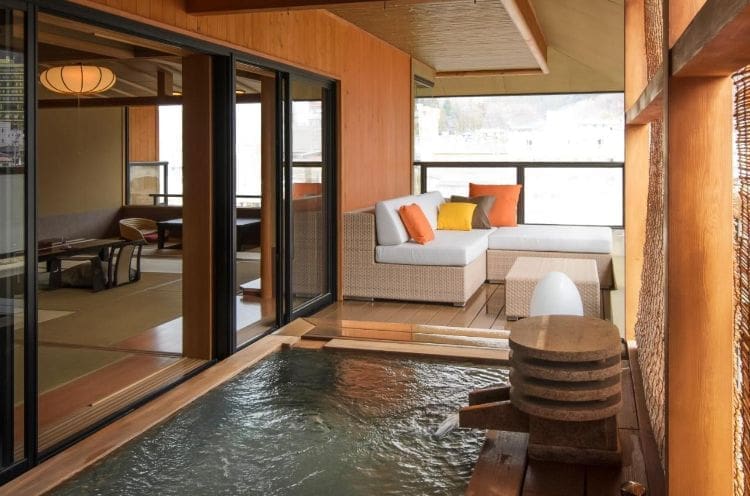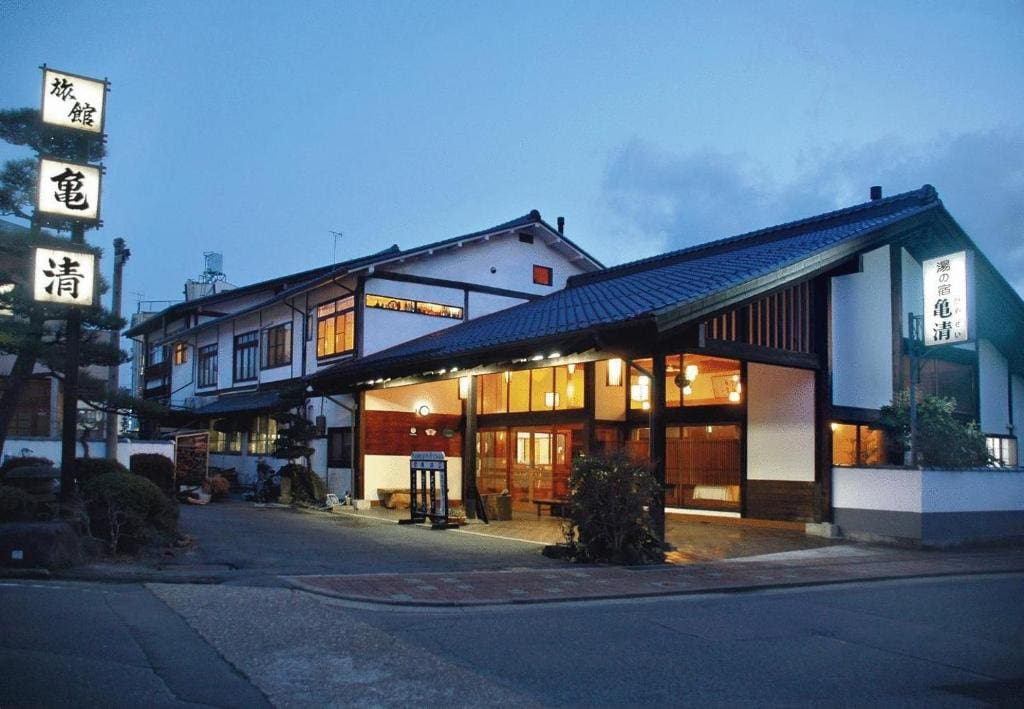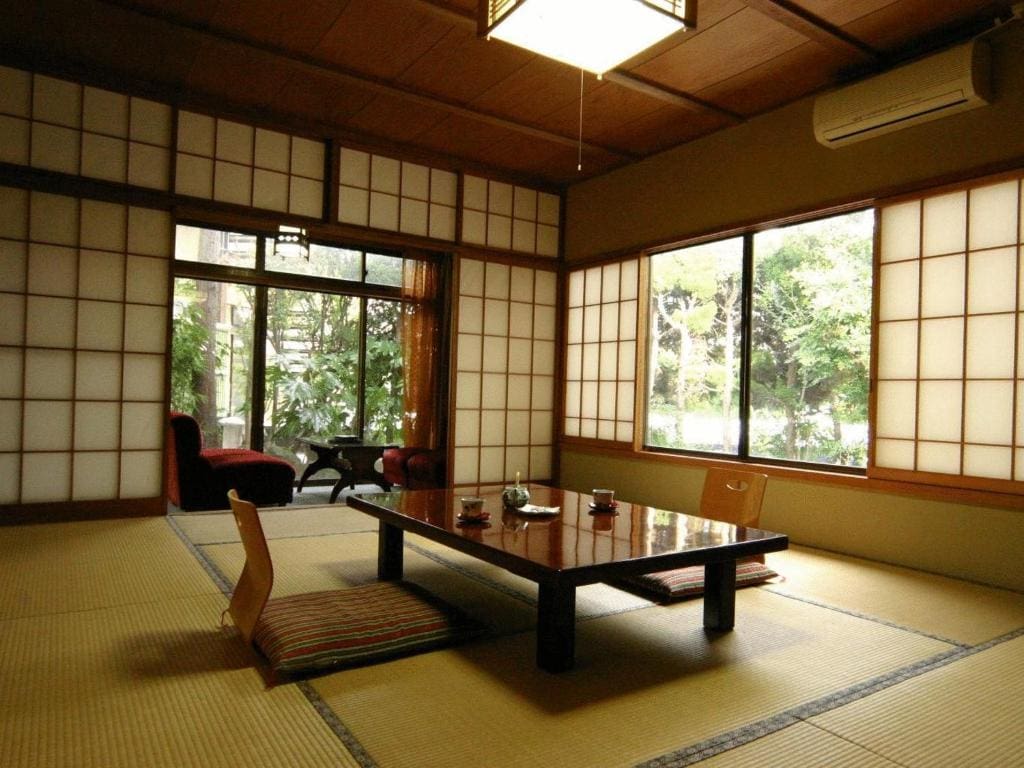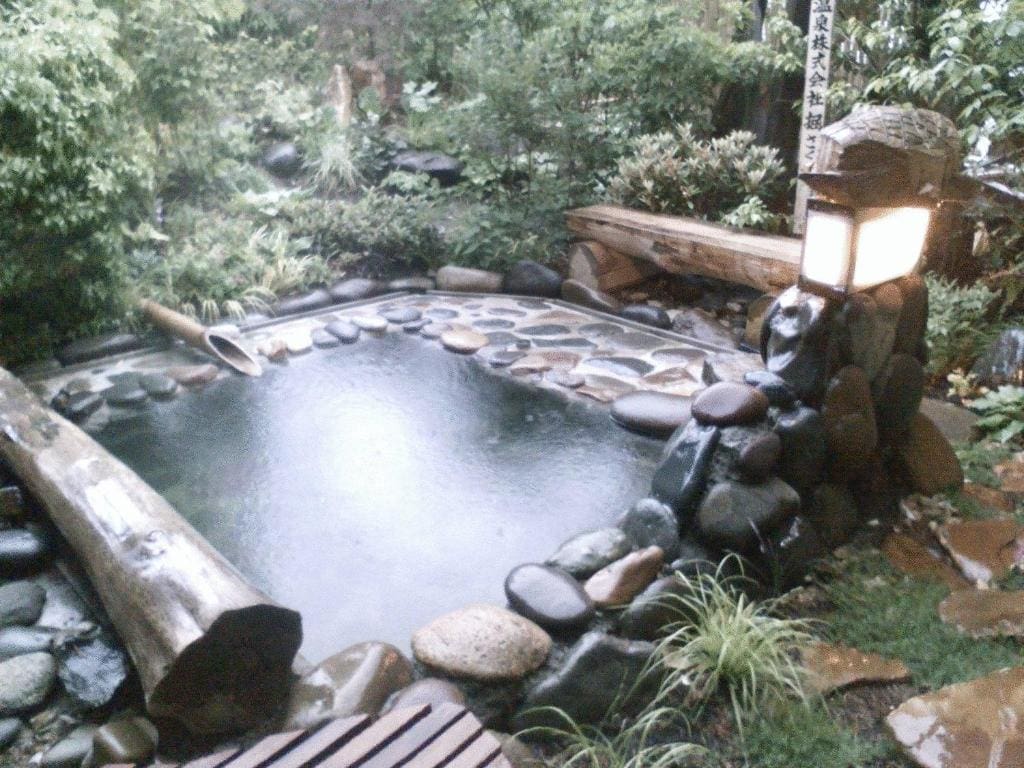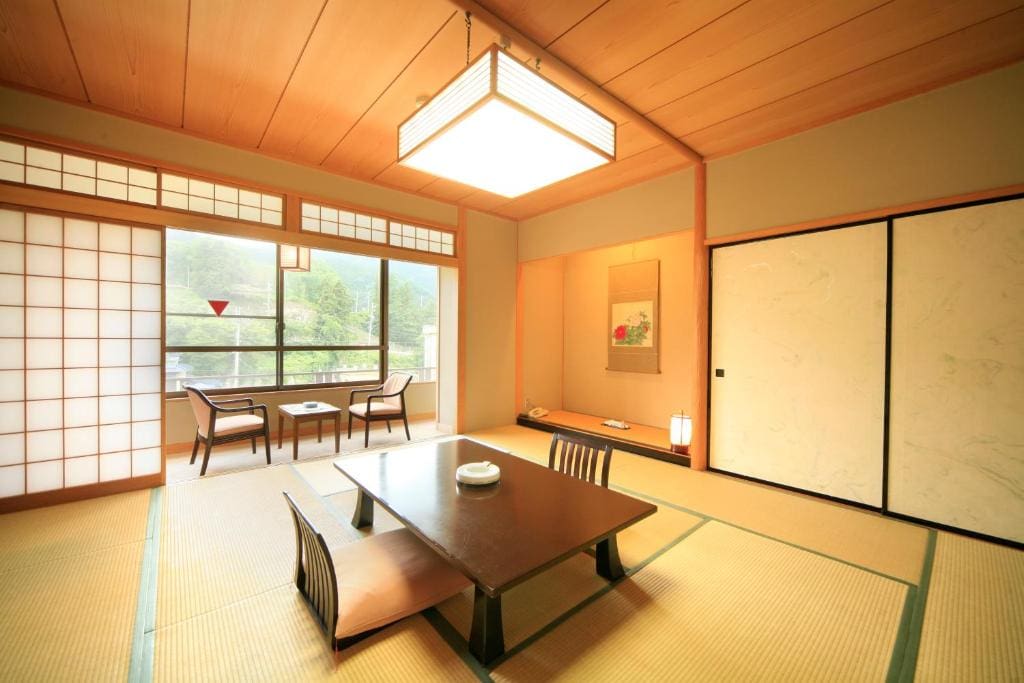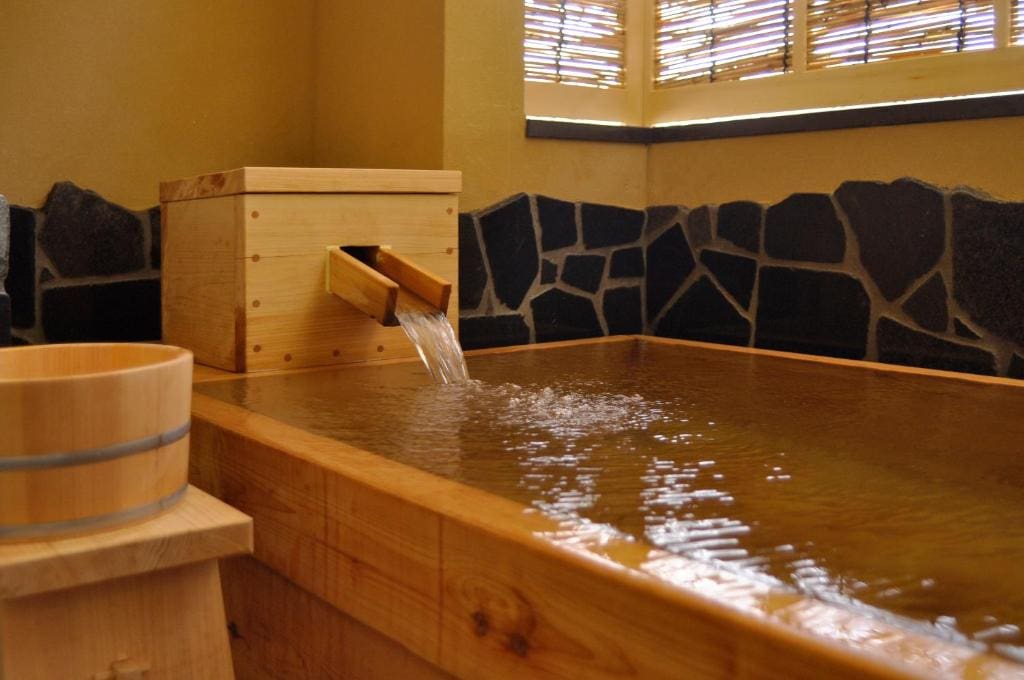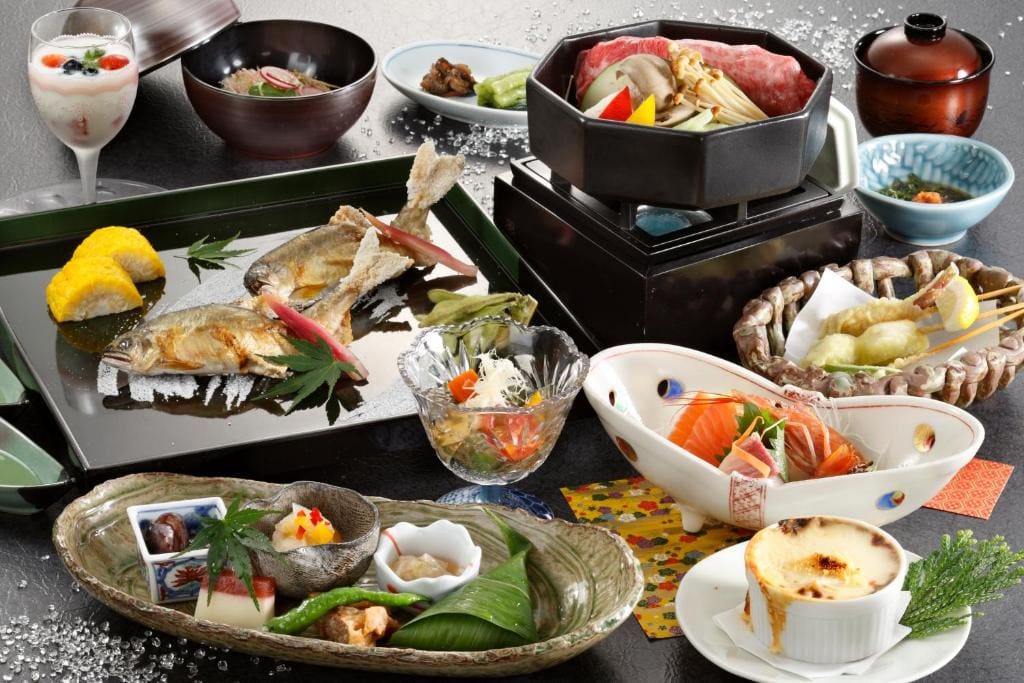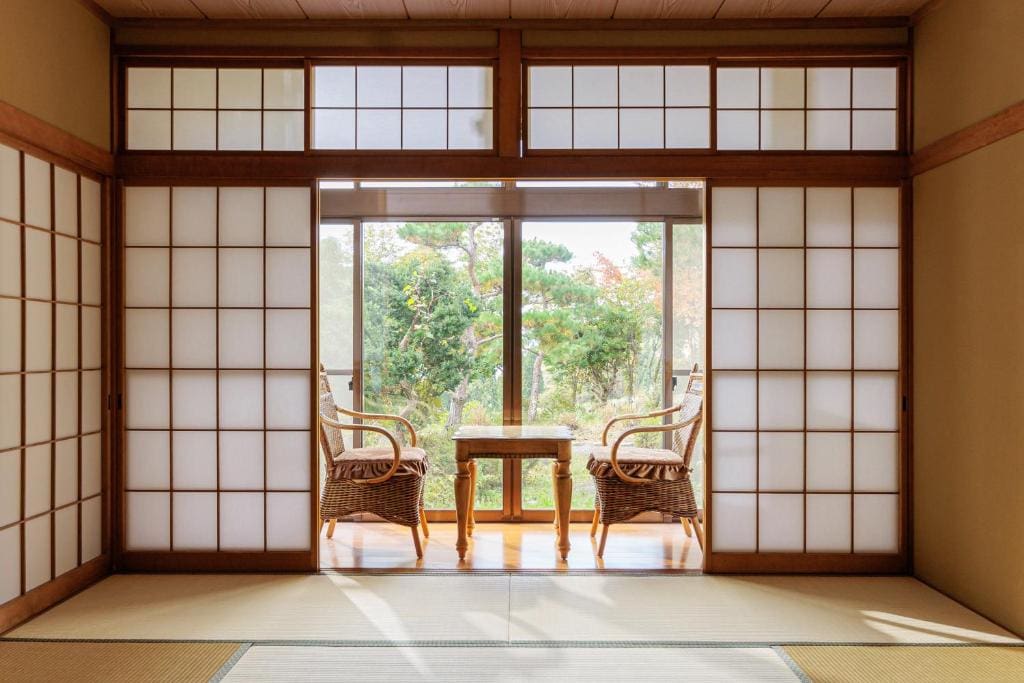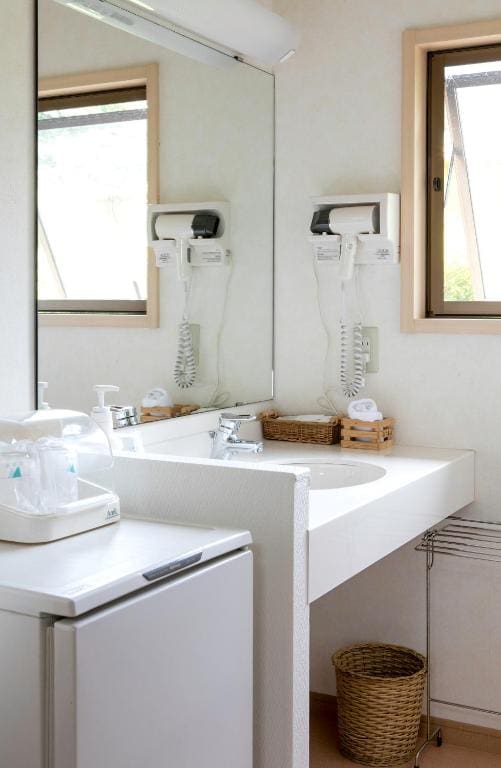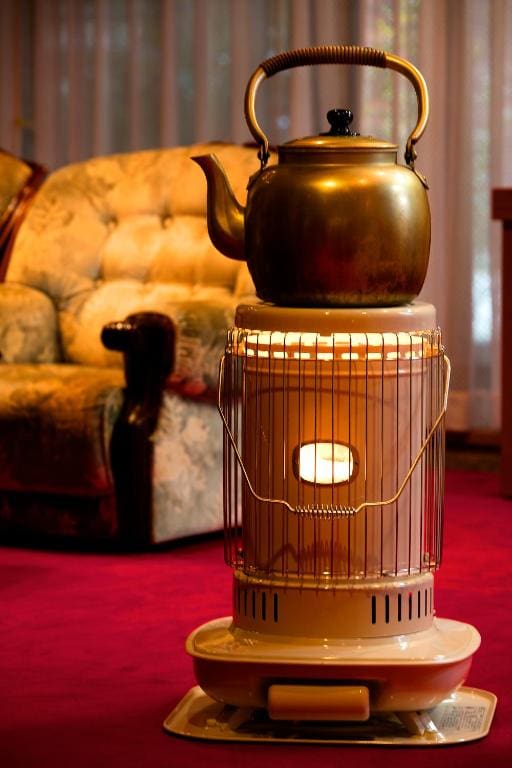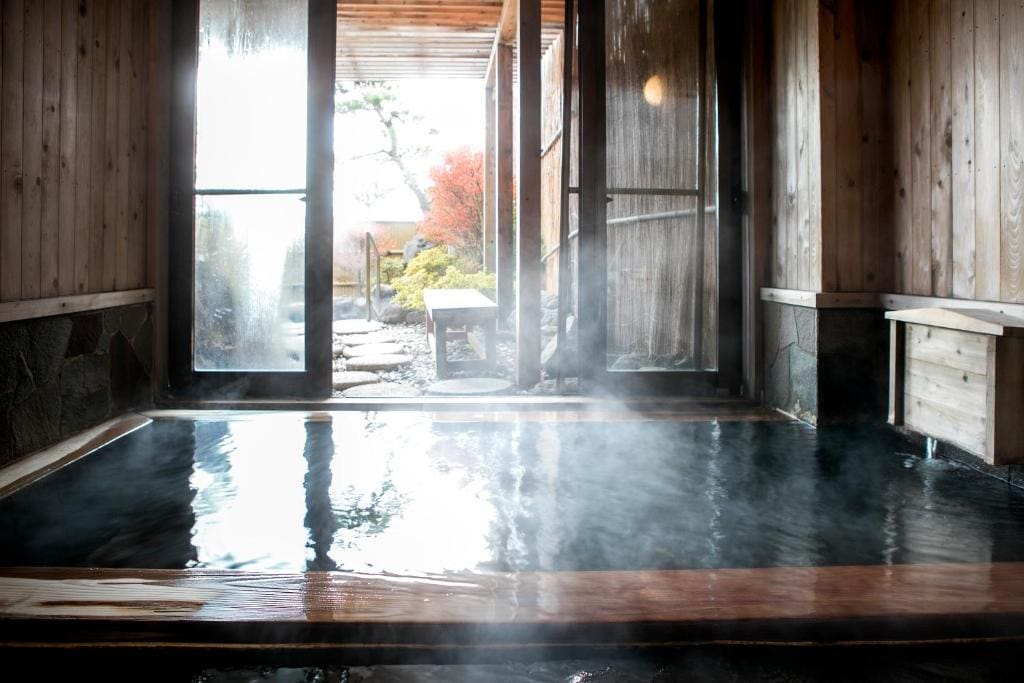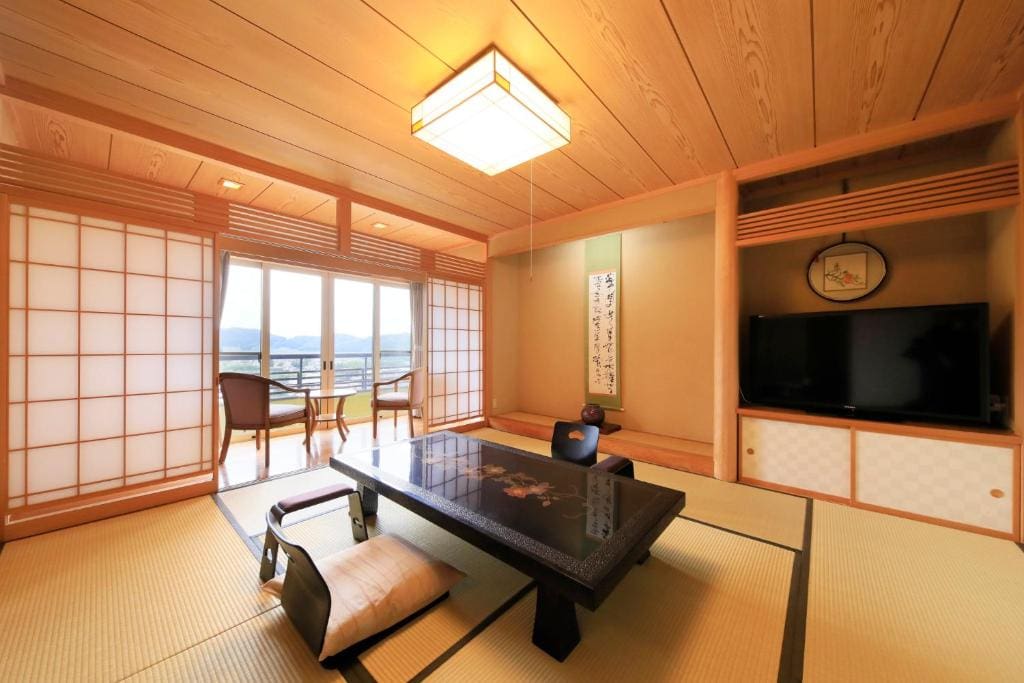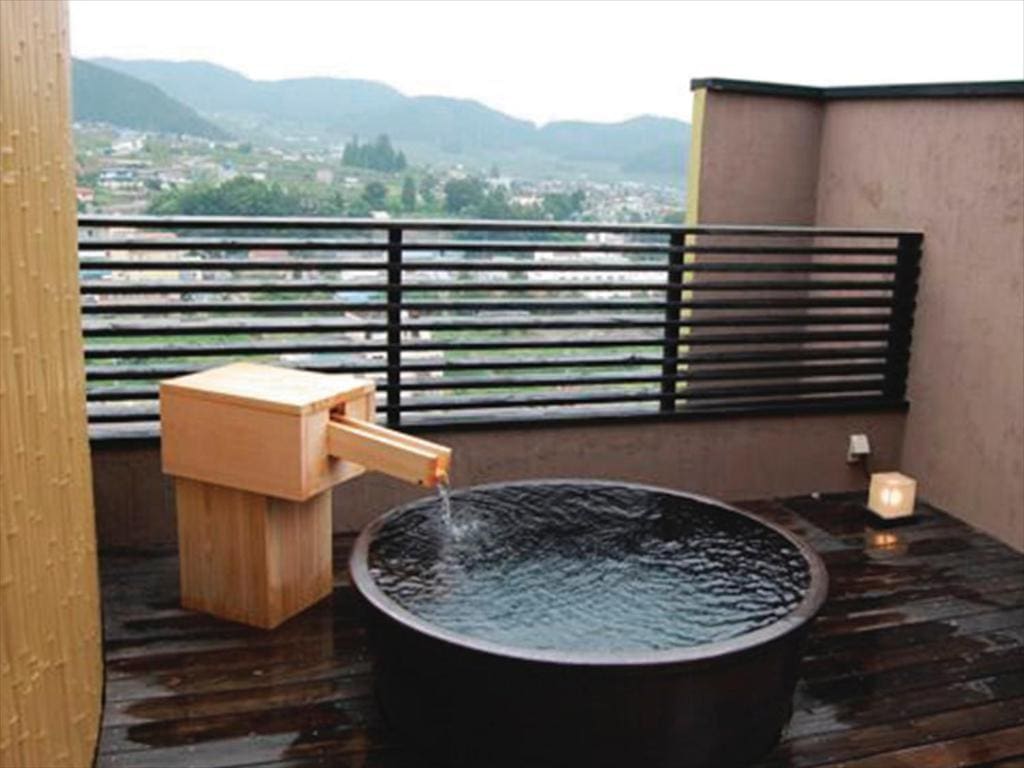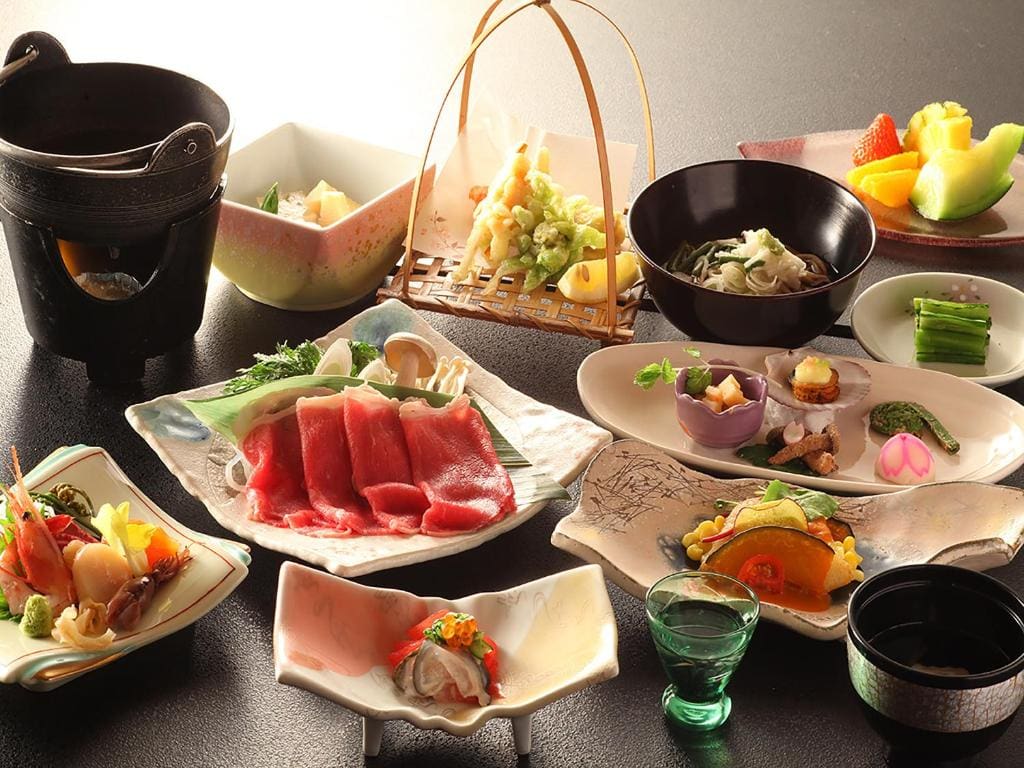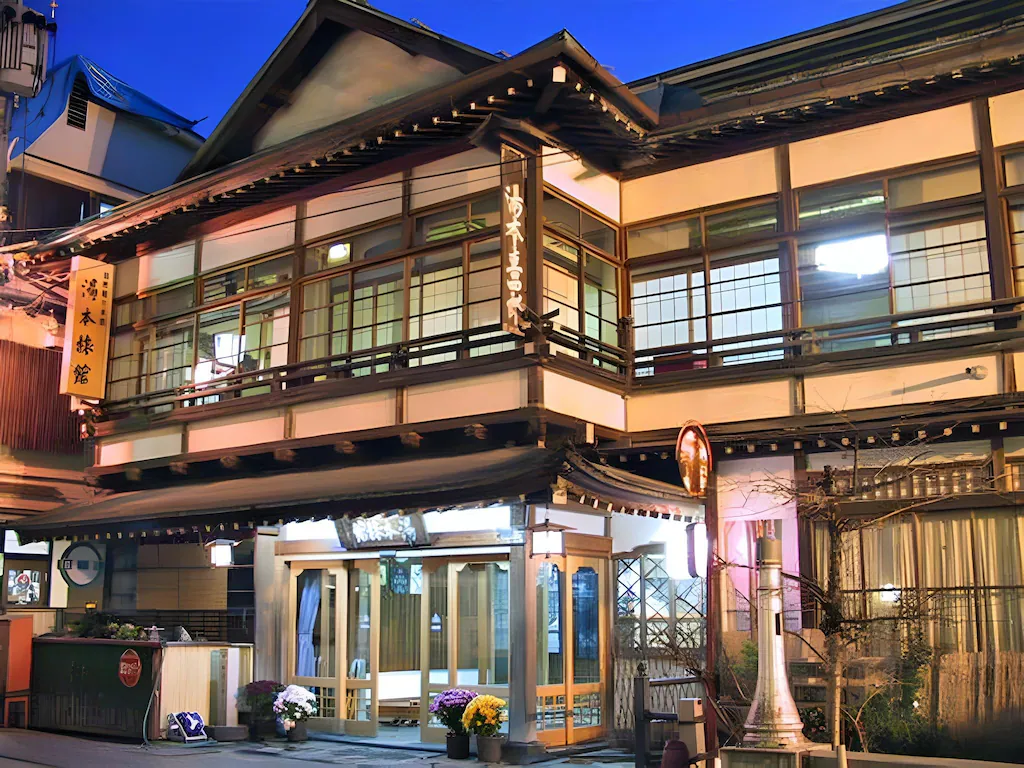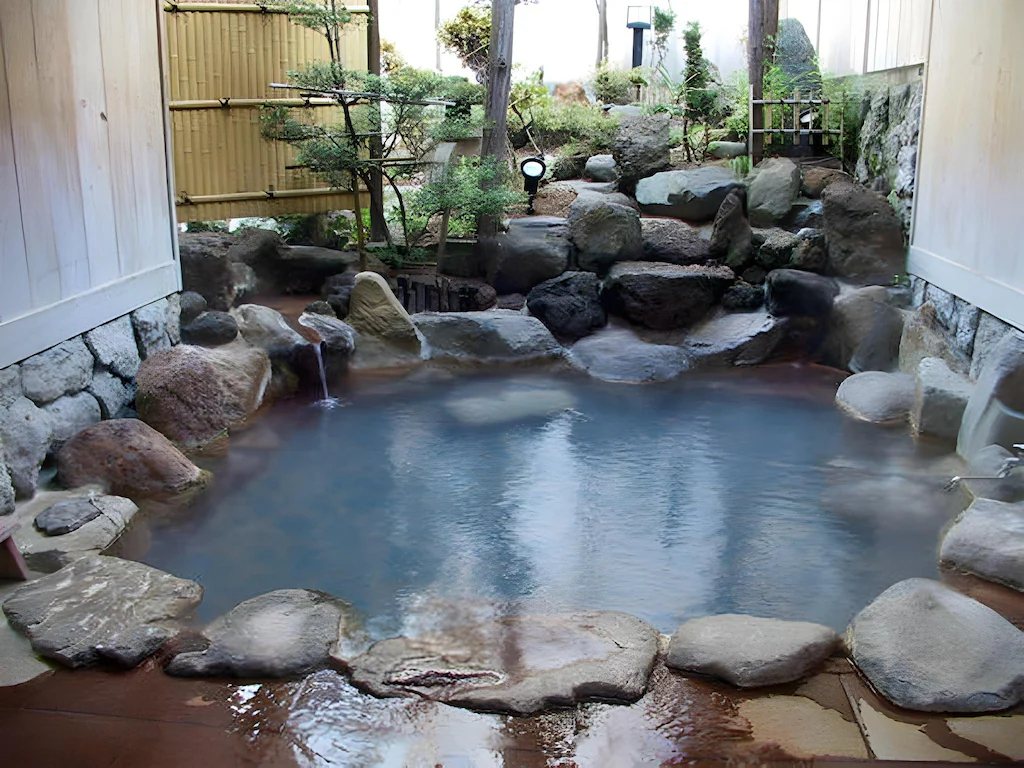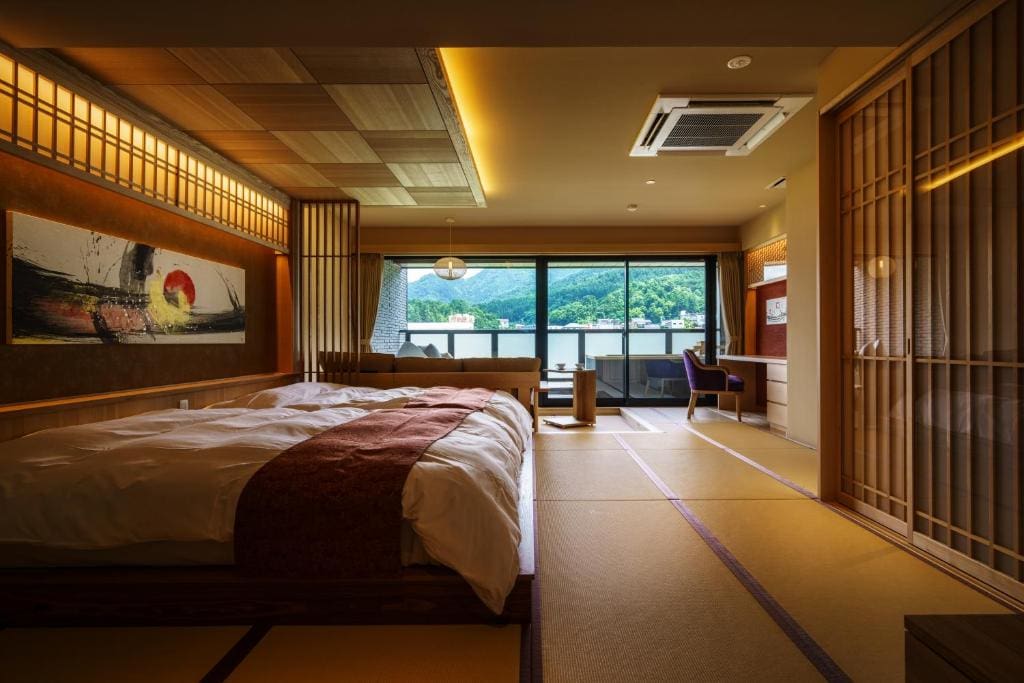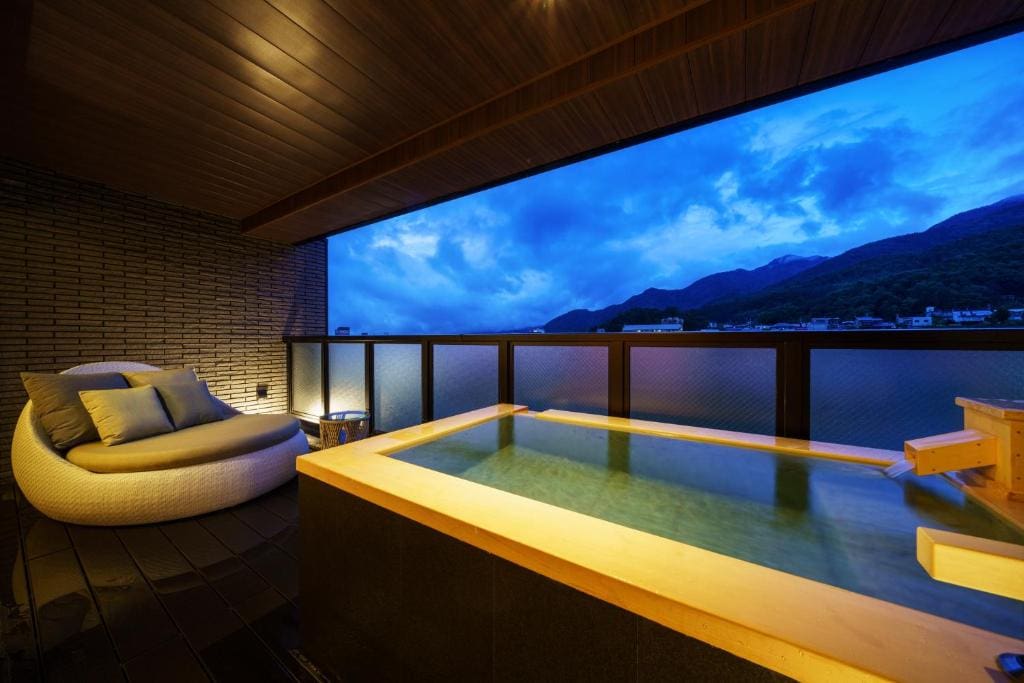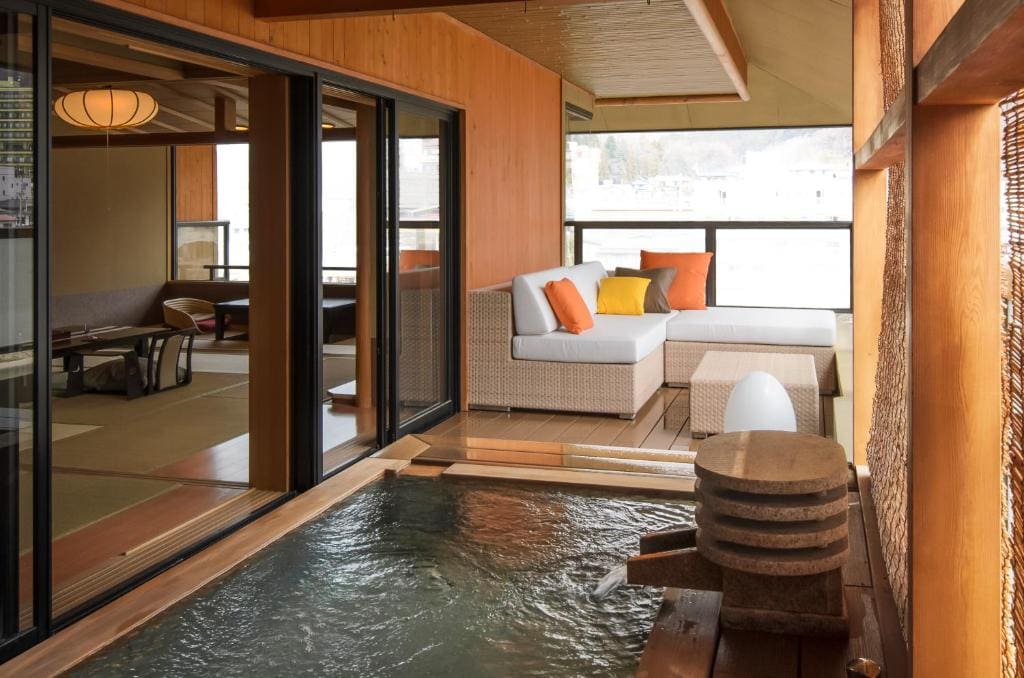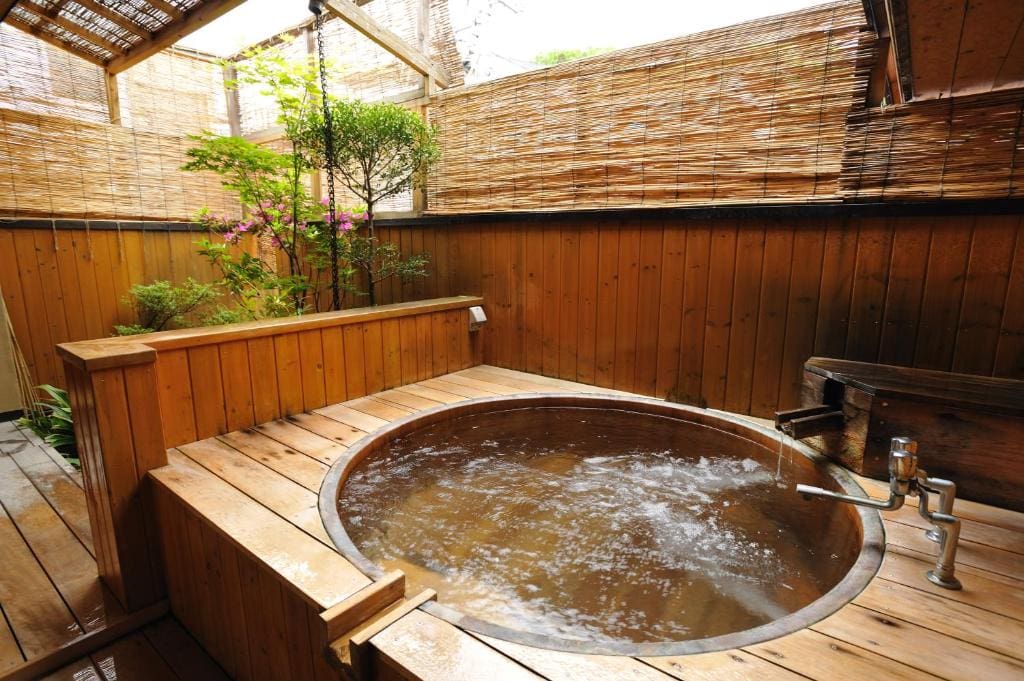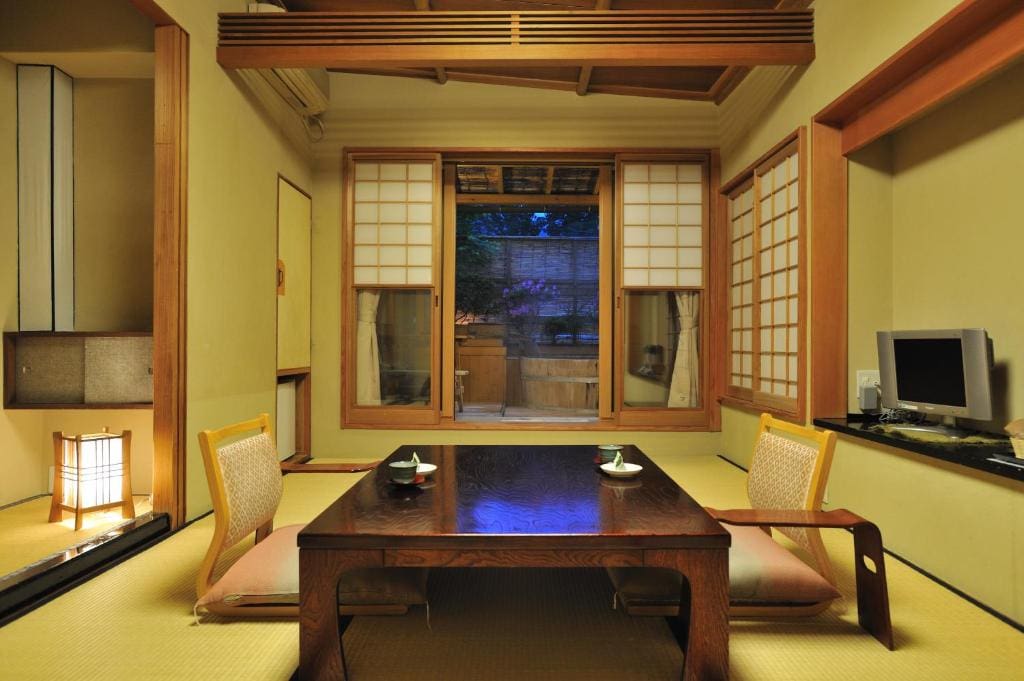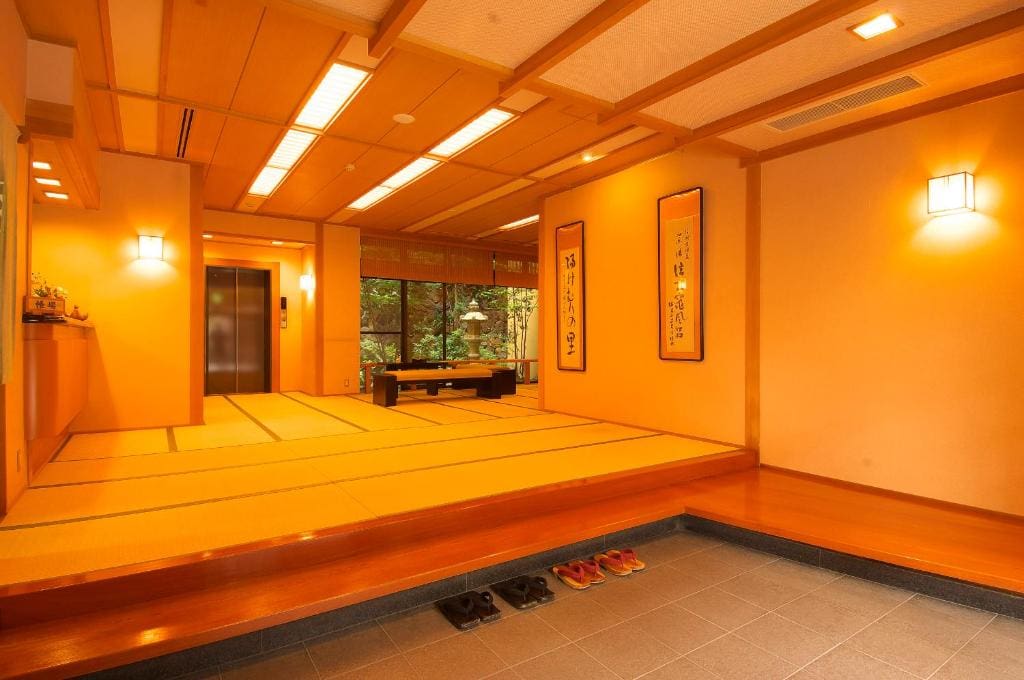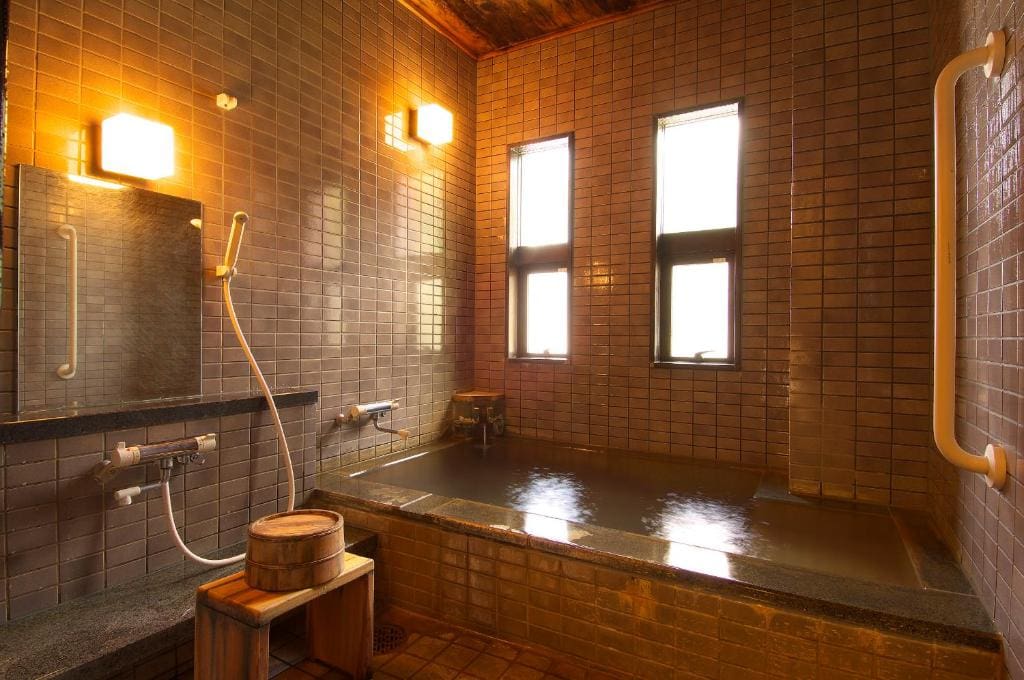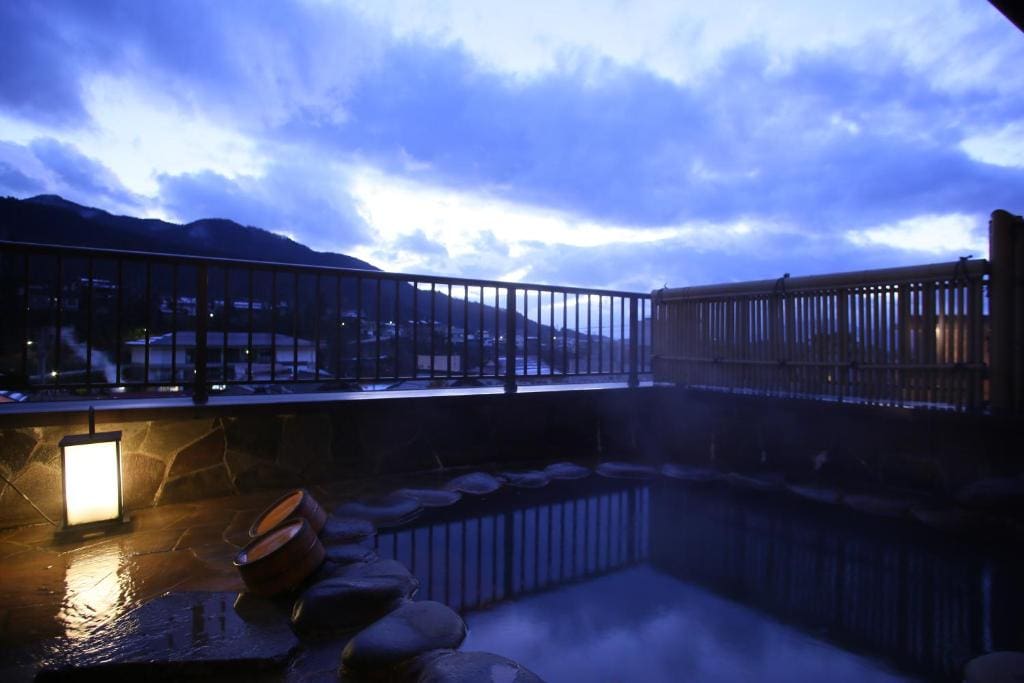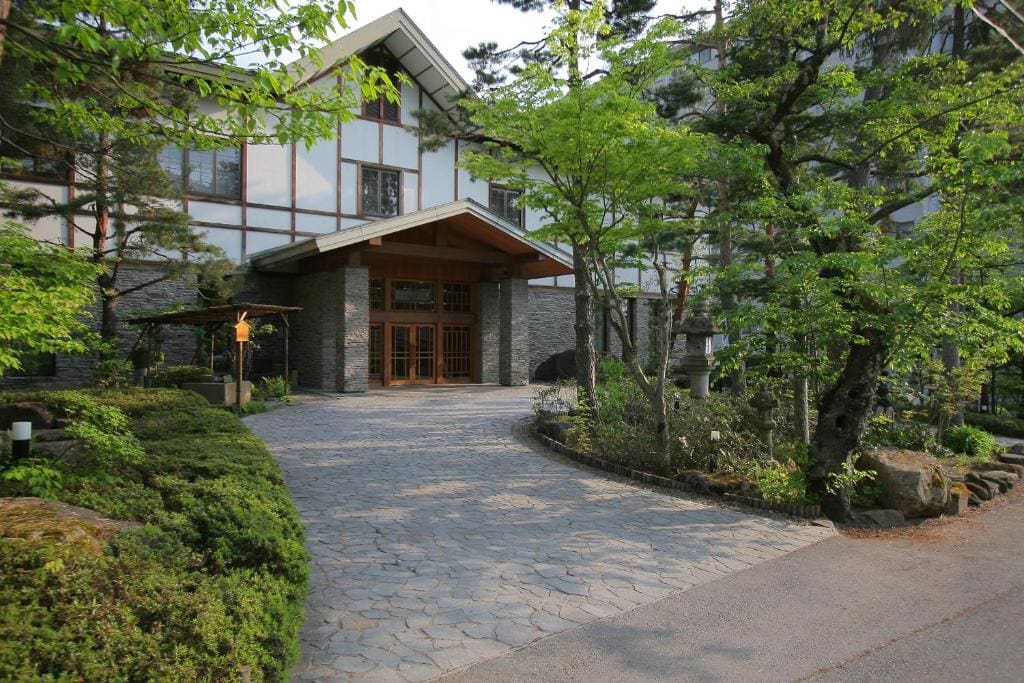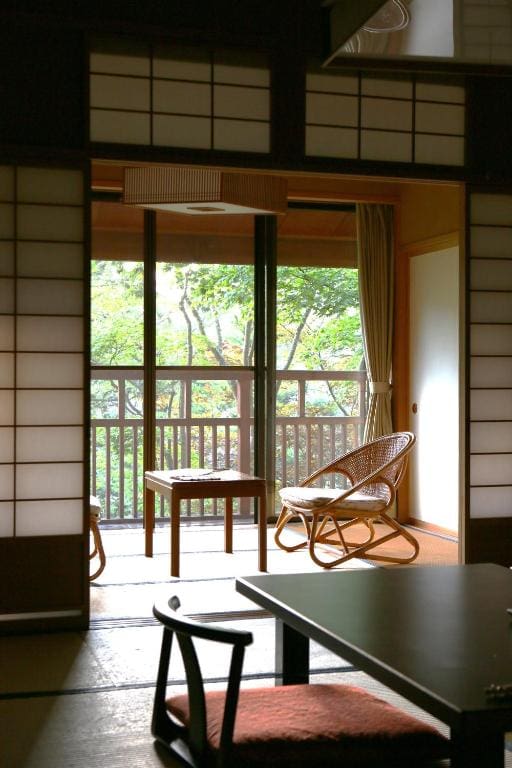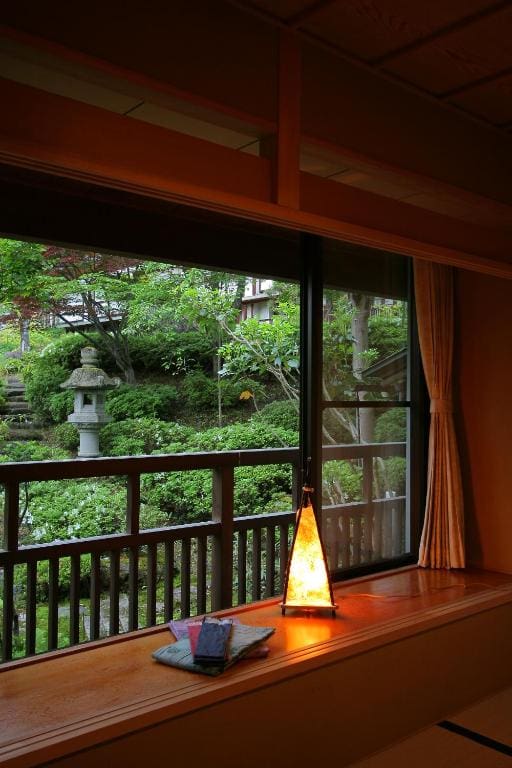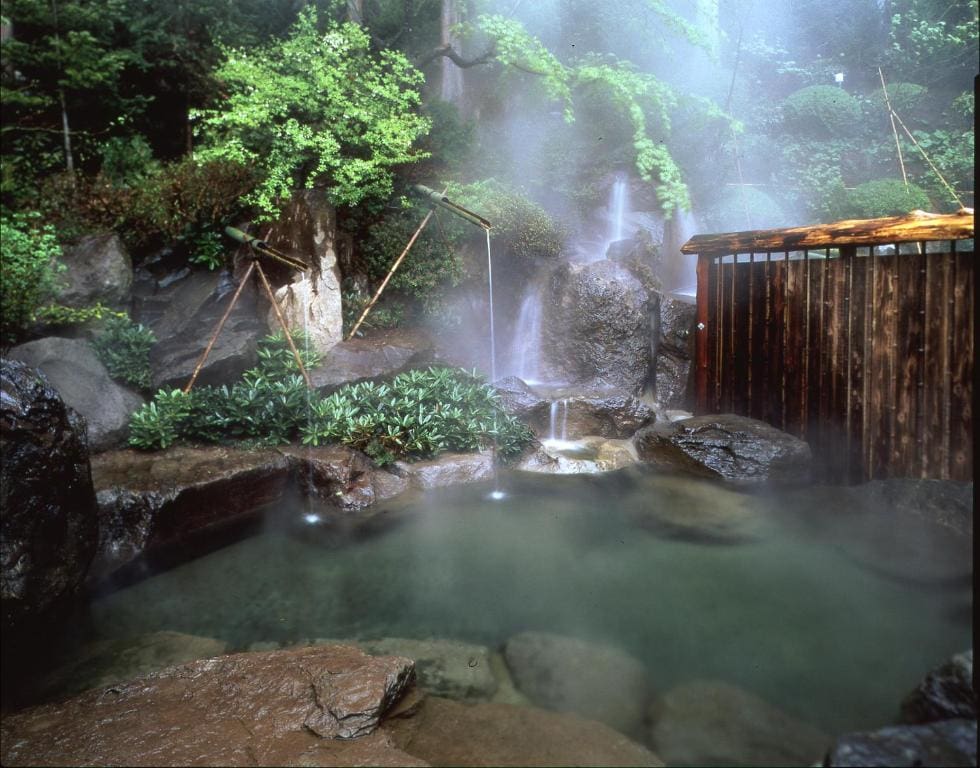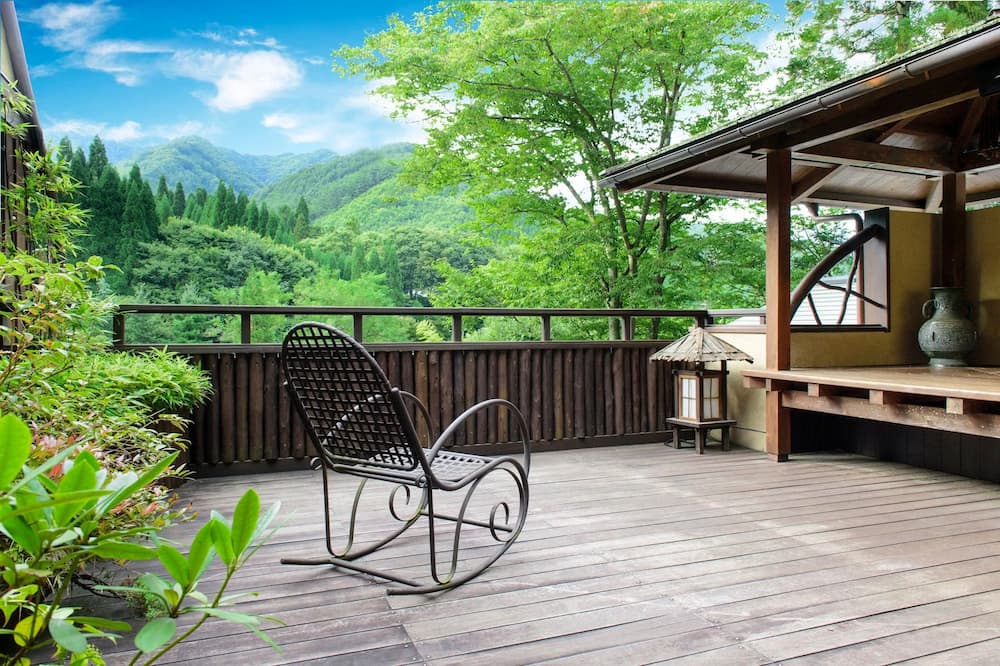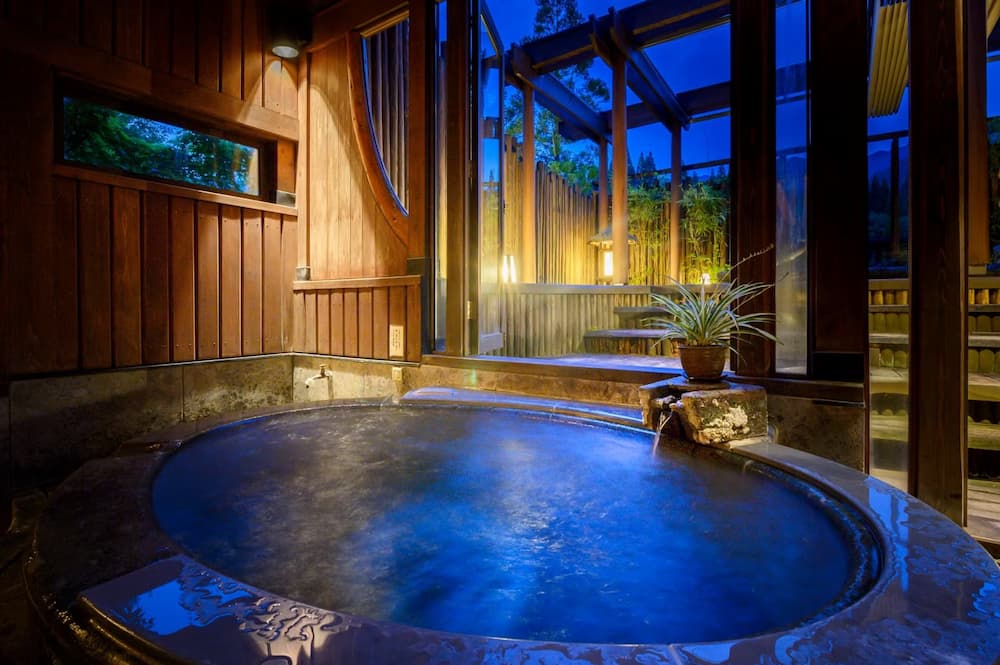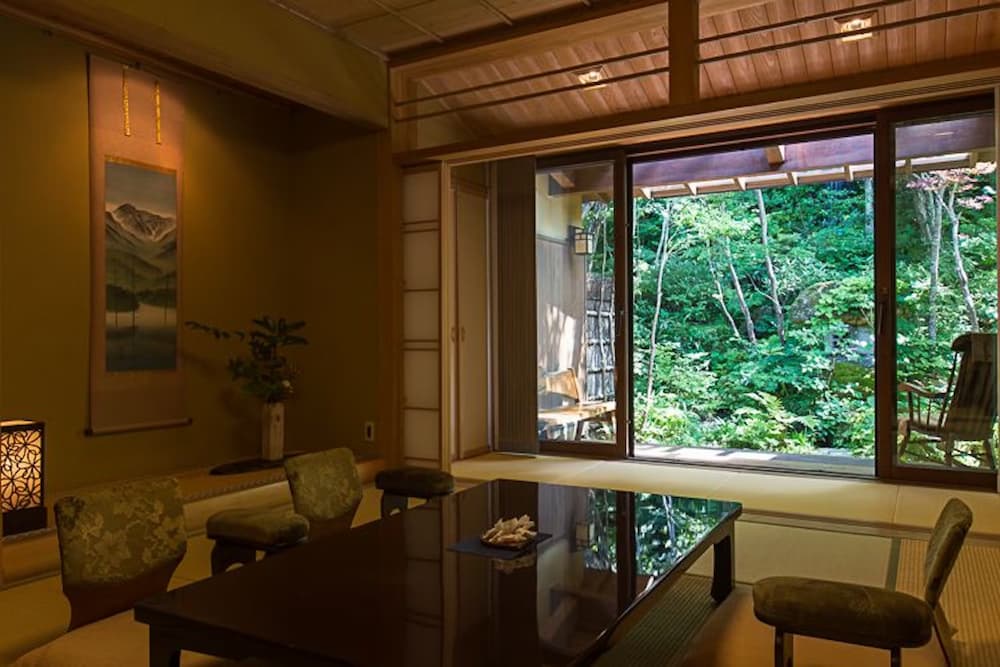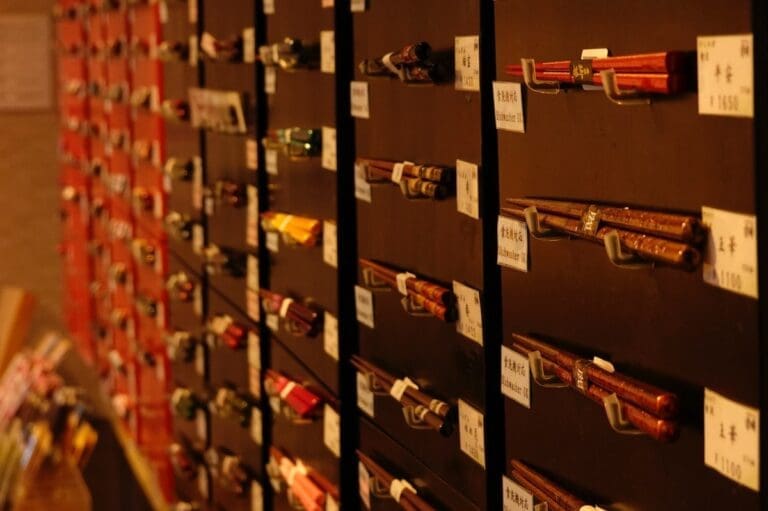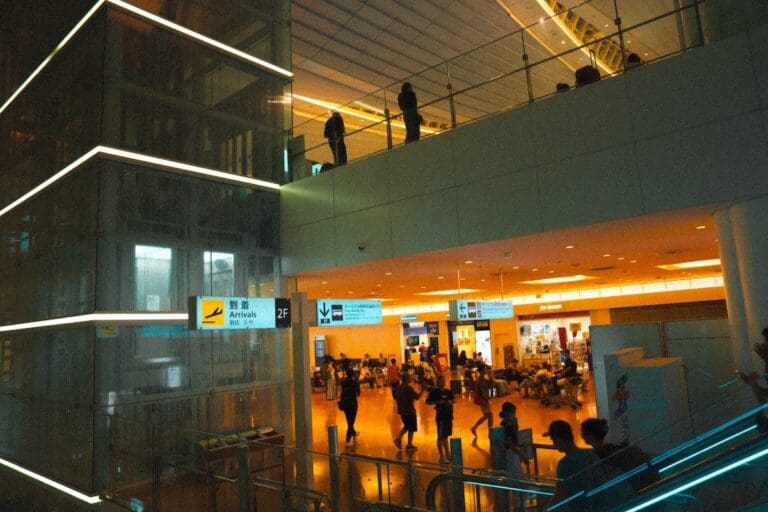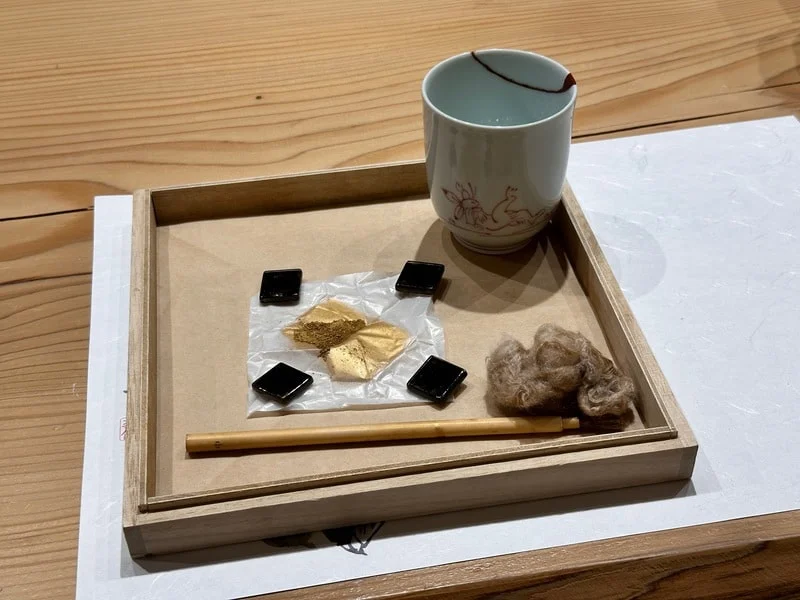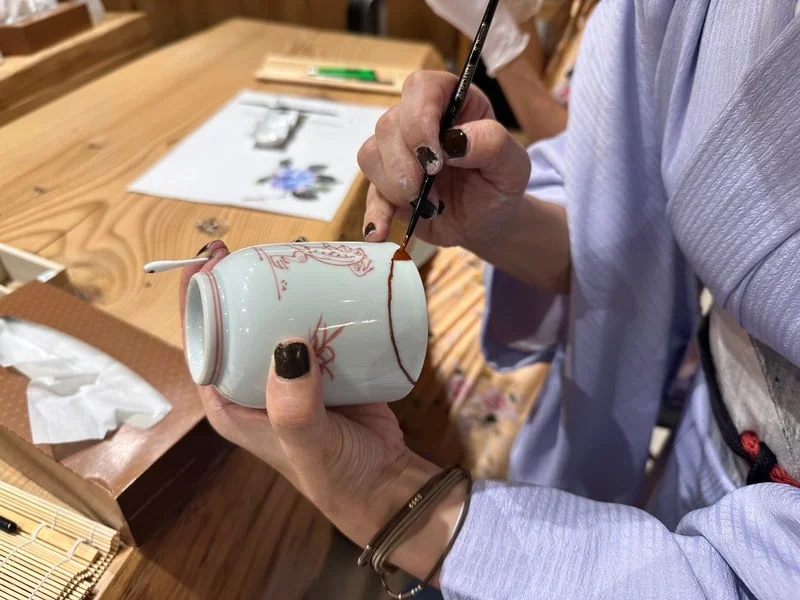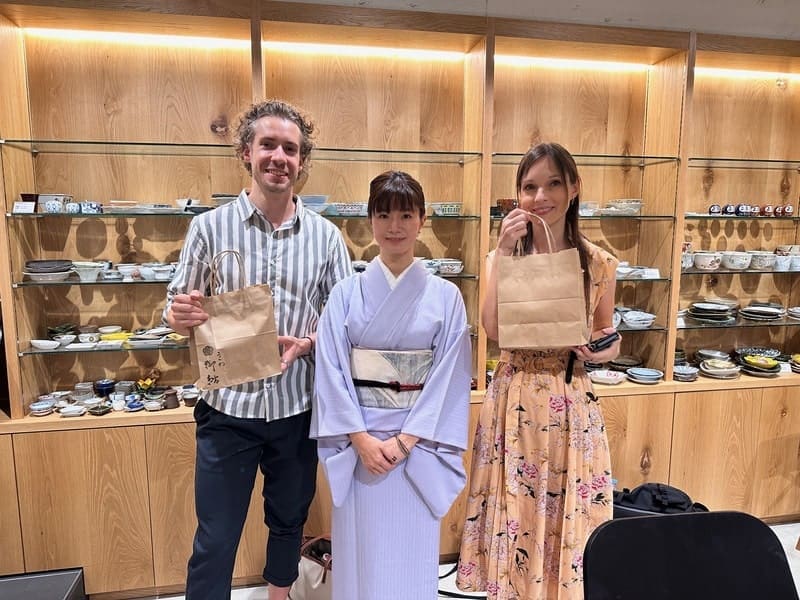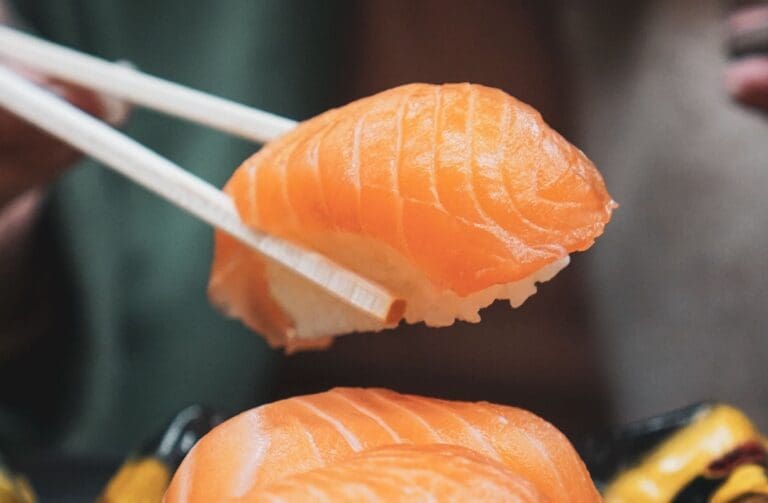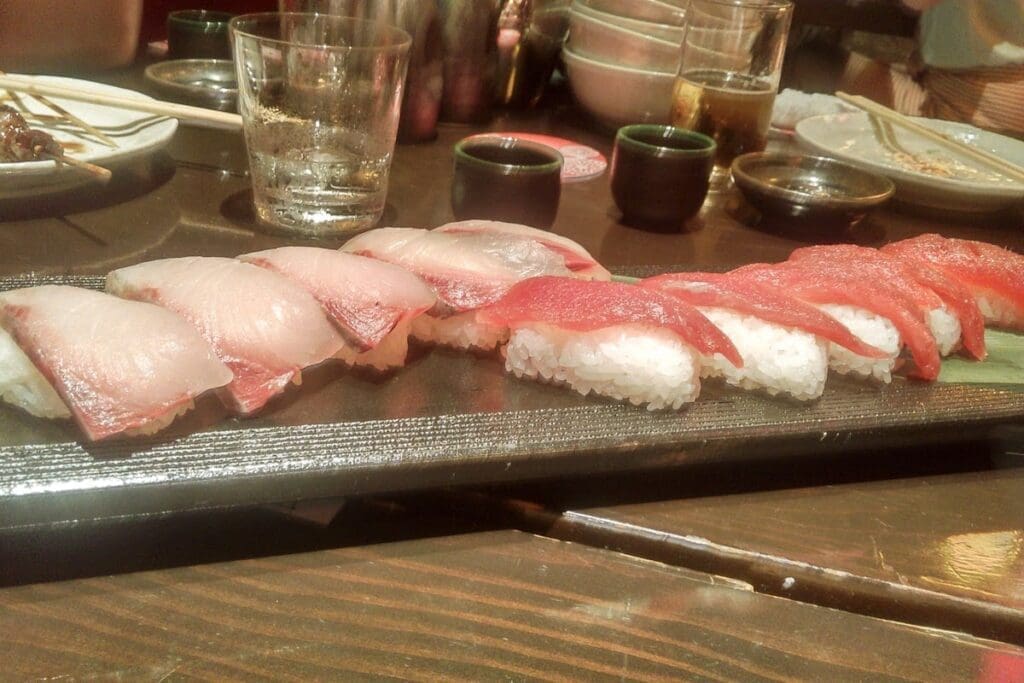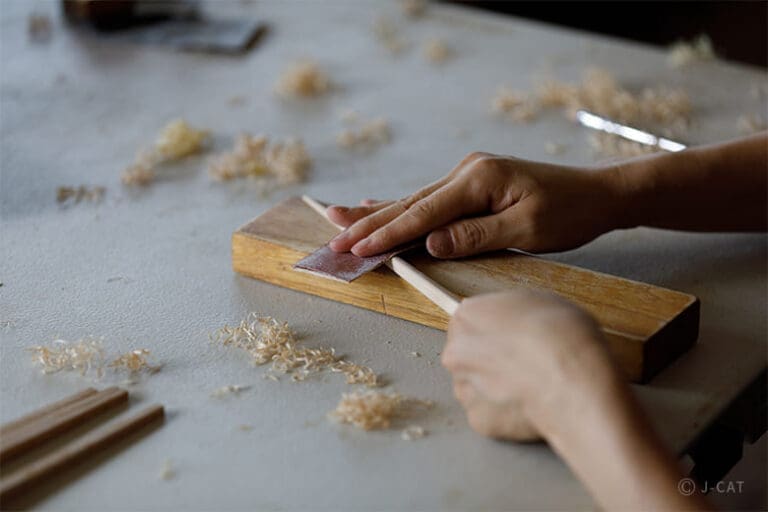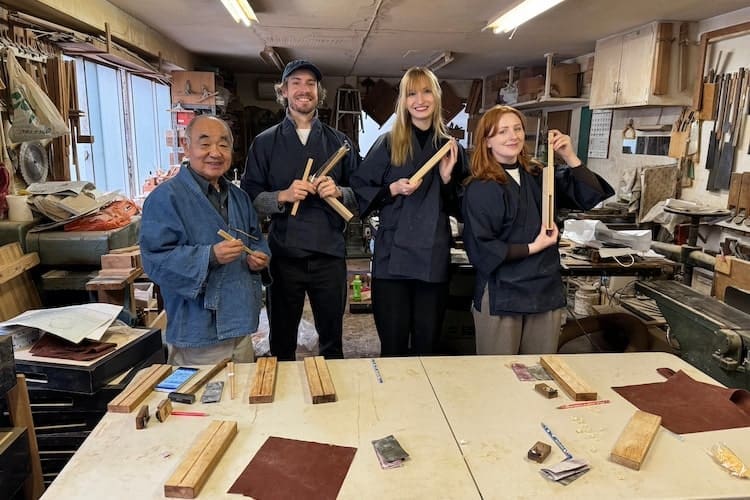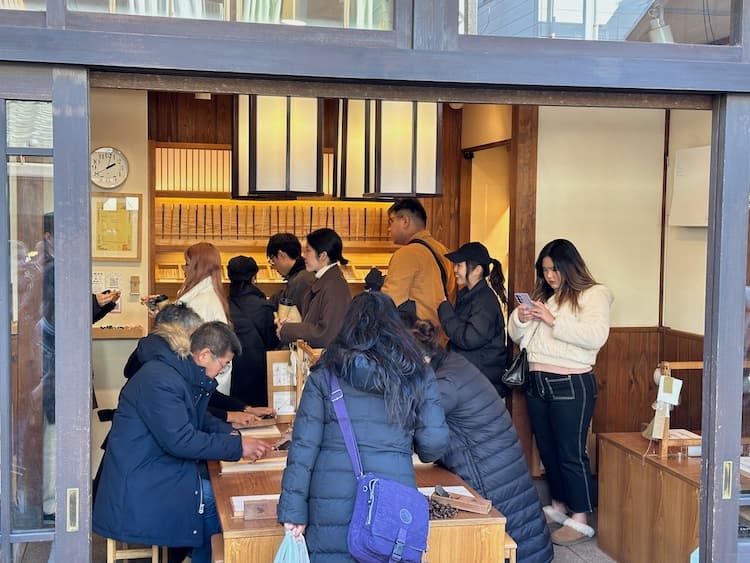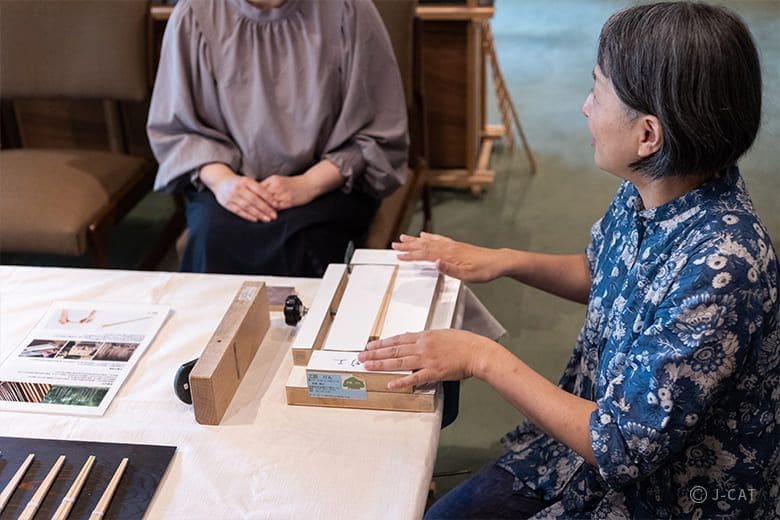Finally, you got the chance to visit Nara. But now you’re wondering where you should stay. No worries, I’ve got you covered here with the best ryokans in Nara!
Nara, the historic charm of Japan, features a plethora of attractions to lure the history buffs. And attractions aside, its diversity of accommodation options is also worth mentioning. Here, you get to book lavish hotels, alluring waterfront accommodations, and more. But the highlight remains the Nara ryokans, as touring Japan and not enjoying the experience of ryokan is something you will regret for the rest of your life, especially in a city as culturally rich as Nara!
If you think the same and want to learn about the best ryokan to book in Nara and near Nara, this guide is for you. We’ll dive deeper into the 10 best ryokan in Nara, exploring the key details of each to help you make an informed decision. Let’s dive in!
Asukasou
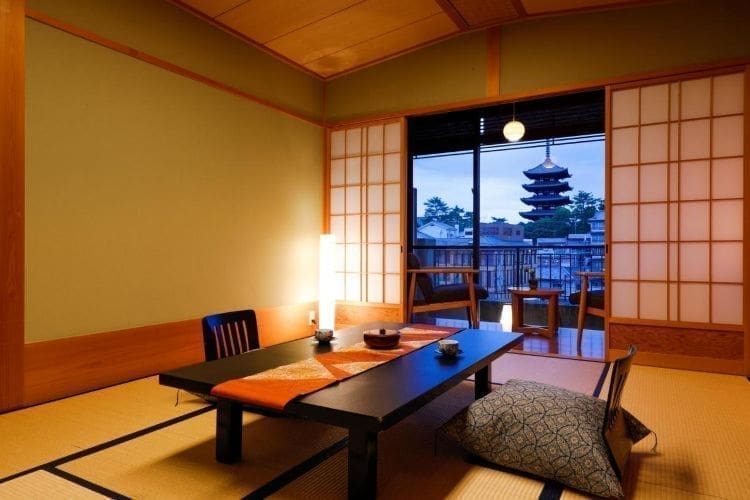
Rating: 4.4
Price: $130-150
Official Website: https://www.asukasou.com/english/
Book On: Booking.com
First on the list is Asukasou! Nestled in the heart of a Japanese city, Asukasou is a traditional Japanese-style inn. It’s located just an 18-minute walk from JR Nara station and offers both the typical Japanese futons and Western beds.
The highlights of the rooms include the Tatami mats, exotic wooden furnishing, and the traditional shoji sliding doors, adding a touch of Japanese vibe. And amenities here are worth drooling over. You get to pamper yourself when enjoying massage services, diving into the on-site public baths, or enjoying the privacy in the exclusive family bath.
The best part? At Asukasou, you can dip your hands in a mouthwatering multi-course kaiseki dinner by booking a Japanese-style guest room. But that’s not all!
This ryokan is situated near the top tourist attractions, including the utterly famed Nara Park, where you get to play with Japanese deer and explore the well-preserved UNESCO World Heritage site, Kofukuji Temple! Other attractions can be easily accessed via transportation facilities accessible in close proximity.
What Guests Have to Say?
“It was really fin staying here, especially the public bath on rooftop was worth it. We booked a tatami-room and it was way to expansive than we thought with a scenic garden view – all what we needed for a perfect stay!”
View more on TripAdvisor
Tsukihitei Nara

Rating: 4.5
Price: $150-180
Official Website: http://www.nara-ryoutei.com/tsukihitei/en/
Book On: Booking.com
If you want to enjoy your Nara tour when staying close to nature, I’d suggest booking this ryokan right away! Located in the Kasugayama Primeval Forest, Tsukihitei is just 400 meters away from the renowned attraction, Kasuga Taisha Shrine. Other close attractions, including Todaiji Temple and the JR Nara Train Station and Kintetsu Nara Train Station, are also a 10-minute drive away, offering you easy access to the city landmarks.
Coming to the rooms, each of them is well-adorned with traditional Japanese theme styling. You get to enjoy futon bedding, shoji screens, woven-straw floors, and, in short, all that you have to see and cherish in that charming Doraemon house.
Other amenities include en suite bathrooms, a refrigerator, a hair dryer, and all the amenities one could wish to get. Including amenities the ryokan included for women customers: milky lotion, cleaning milk, facial lotion, and make-up remover.
It doesn’t end at this; the food here offers another level of experience. From Japanese-style breakfast to the set meal course dinner, you will drool over both meals.
What Guests Loved the Most?
“We booked Sakura, the largest bedroom in the ryokan and let me admit it was just amazing. We got excellent amenities and everything from hospitality to room service contributed to making our staying experience worthwhile.”
Mikasa Hotel Nara

Rating: 3
Price: $90-100
Official Website: http://www.naramikasa.com/lg_en/
Book On: Booking.com
If you are someone who always enjoys excellent views, I’m sure Mikasa Hotel Nara is the ryokan that you should consider booking. The beautiful building of the ryokan stands on Mt. Wakakusa’s slopes. From here, you can overview the entire city of Nara at a scenic glance. Moreover, it has easy access to the popular city highlights, including Kyoto and other major cities, such as Osaka.
Offered room types are three: Rooms with Open-air Batch, Rooms with a View, and Standard Rooms. You can enjoy ceramic open-air batches, a private cypress, and a well-set terrace with seating. Amenities are toilet utilities, yukatas, and bath robes. Besides rooms, Mikasa has got two bathhouses: Tempyo no Yu and Komyo no Yu.
Coming to the cuisine, we have multiple options here. For the main dinner, you get to enjoy a course of kaiseki-ryori meal, Iga Beef, Hotpot Cooking, and more such Japanese dishes.
What Guest Loved the Most?
“I have experienced living in multiple accommodation, as I visit Japan often. But Mikasa was something that hit me differently. Their delish menu, amazing facilities at bathhouses and worth mentioning guest room amenities were the reasons why.”
Kotonoyado Musashino
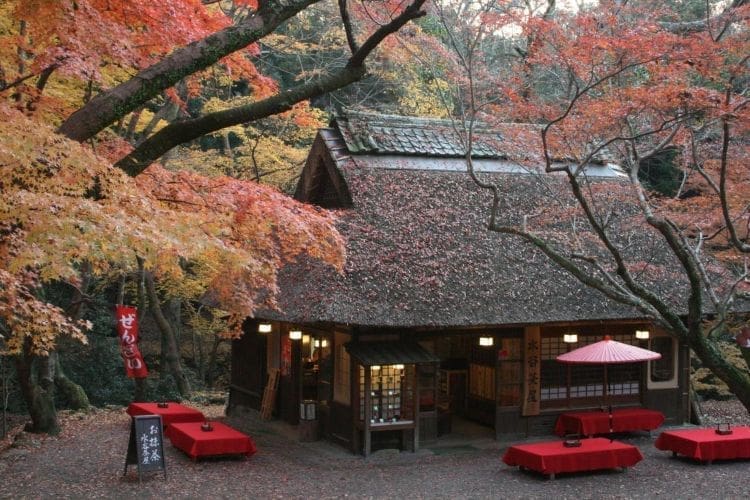
Rating: 4.7
Price: $300-400
Official Website: https://www.kotonoyado.com/
Book On: Booking.com
Next, we have one of the most historic ryokans of Nara, Kotonoyado Musashino! On stepping inside, you will feel like you are time traveling back into ancient Japan. Every detail, from the thoughtful decor and wooden flooring to the tatami mats, will add to make your stay even more enjoyable.
What sets it apart from other ryokans is the welcoming greeting by the well-trained staff and the welcoming tea service and floral arrangements that are enough to give you insights into how amazing time you will spend there. After that, you will be given Yukata, traditional Japanese clothing, to put on before entering the exotic guest room.
Other highlights are the public and private onsen with amazing amenities. These are where you can relax for a while while getting rid of all life worries that are stressing you out. The cuisine of this ryokan features delectable delicacies that ensure a fine dining experience. This ryokan is located near the Todaiji bell, so you can hear it ringing when enjoying the stunning sunset views. Just imagine how alluring it would be!
What Guests Have to Say?
“Their services are unexpected, especially the Kimono services for women and the cuisine is also delectable.”
Ando Hotel Nara Wakakusayama

Rating: 4.2
Price: $200-210
Official Website: https://andohotelnara.com/en/
Book On: Booking.com
Another spot with one of the three most picturesque night views of the entire city, Nara! The beautiful landscape of the Ando Hotel blends perfectly with the Todaiji Temple, Kofukuji Temple, and Mt.Wakakusayama.
Regarding the room types, we have multiple options: twin bedrooms, double bedrooms, suites, and even family rooms. Each room features a 50-inch LED, a minibar, and picture-perfect views. The bath experience is also unforgettable, with the rooftop baths and public paths.
Ando Hotel also offers unique experiences for their guests, including Night Sky Tours, Fishing, Firewood Chopping, and Bonfires. Lastly, ryokan’s cuisine revolves around a mixture of traditional delicacies with a modern twist.
What Guests Loved About This Place?
“I am always behind night views and delish cuisine and this ryokan served me the best of both things. I highly recommend Ado Hotel for your Nara adventures!”
Wakasa Bettei
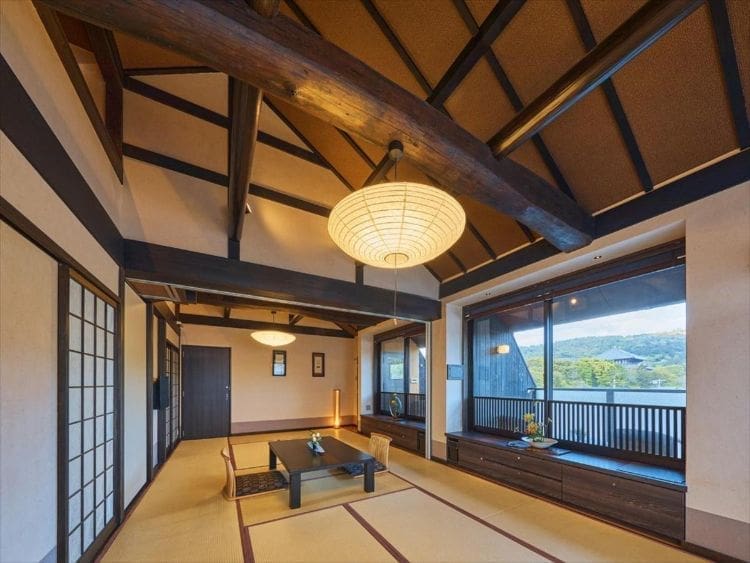
Rating: 4.2
Price: $200-250
Official Website: https://wakasa-bettei.com/lg_en/
Book On: Booking.com
Just a 10-minute walk from the north side of Kintetsu Nara Station, you come across a spectacular ryokan building adorned with the name Wakasa Bettei. In total, there are 12 guest rooms with attached baths. Depending on the room you choose, you can also get semi-open-air baths, open-air baths, and even baths made from hinoki cypress.
Out of all the things, this Nara ryokan has private onsen features; the best part is the fourth floor, where you can enjoy picture-perfect vistas of the Great Buddha Hall and Mount Wakakusayama.
Moreover, the meal here is also well-loved by the guests. It’s actually a Yamato Kaiseki meal that’s served in private or semi-private rooms as per your instructions. Everything about the meal is amazing, be it the delectable taste, or the tempting presentation.
Nearby highlights include the Nara Prefectural Museum of Art, government landmarks, and Todai-ji Temple.
What Guests Have to Say?
“The best thing about my stay here is the hospitality that I found appreciable. Their meals were also drool-worthy. The batch experience, I haven’t enjoyed such a calming time anywhere else. It was worth the money for sure.”
Kasuga Hotel
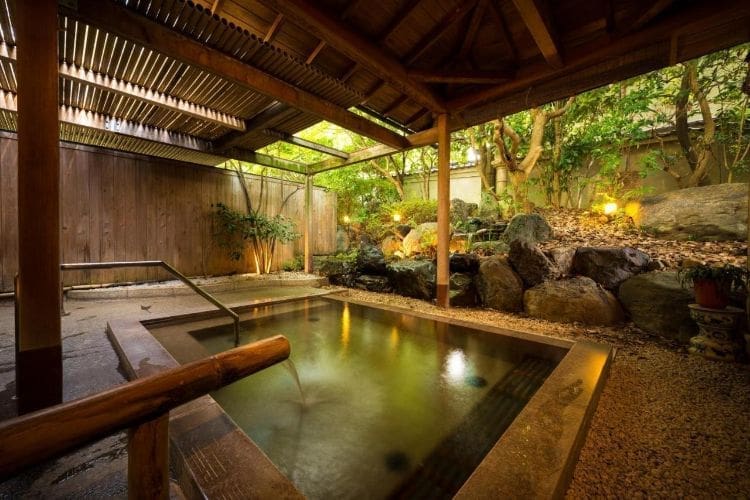
Rating: 4.2
Location: 630-8213 Nara, Nara, Noborioji-cho 40 , Japan
Price: $200-300
Official Website: https://www.kasuga-hotel.co.jp/en/
Book On: Booking.com
Here we have another one of best ryokan in Nara, the Kasuga Hotel. It’s nestled in the beautiful city of Nara within walking distance from Kintetsu Nara Station.
Kasuga Hotel offers different accommodation options for guests: a standard Room with authentic Japanese accommodation vibes, a Japanese-style room with an open-air bath featuring a cozy and expansive atmosphere, and lastly, a Japanese-style and Western-style room with an open-air bath. In the third category, rooms, you can choose between tatami mat or western bedding.
Here, you get to enjoy two different bath adventures: an open-air bath with picturesque landscape views and a public bath with an open-air bath and waterfall-like baths.
Kasuga Hotel is located at the city’s most convenient place. From here, you can access both the inter and intra-city attractions with ultimate ease.
What Guests Have to Say About It?
“Overall we enjoyed staying here. What my partner loved the most was the quick responsive room service and the authentic Kaiseki Cuisine meal they offered us.”
Sarusawaike Yoshidaya
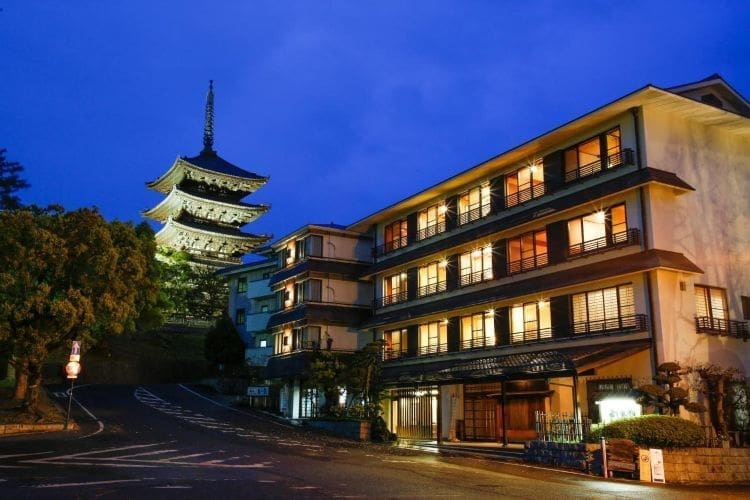
Rating: 4.1
Price: $250-300
Official Website: https://www.nara-yoshidaya.co.jp/lp/reserve_en/
Book On: Booking.com
Facing the Sarusawa-like Pond, Sarusawaike Yoshidaya can be your go-to ryokan in Japan if you love waterfront views. This place is where modern and ancient Japanese living styles got mixed up. Some rooms boast wooden flooring, and others the tatami one. The bedding is also Western style, with some beds being lowered to add a welcome twist.
Each room features a private bathroom with a plethora of amenities, including futons, wall paintings, and more. The Japanese cuisine delicacies they serve are prepared especially with the seasonal spices and tempting presentation. However, the menu is specific for each room type.
The attractions in proximity include all the renowned sites of the city within just 20 minutes walking distance. To name a few, we have Kohfukuji Temple, Tōdaiji Temple, and Kasugataisha Shrine.
What Guests Loved About This Place?
“This ryokan is at ideal location, perfect for sightseeing, their staff was super attentive, rooms were spacious, and the food was also excellent.”
Tsubakiso
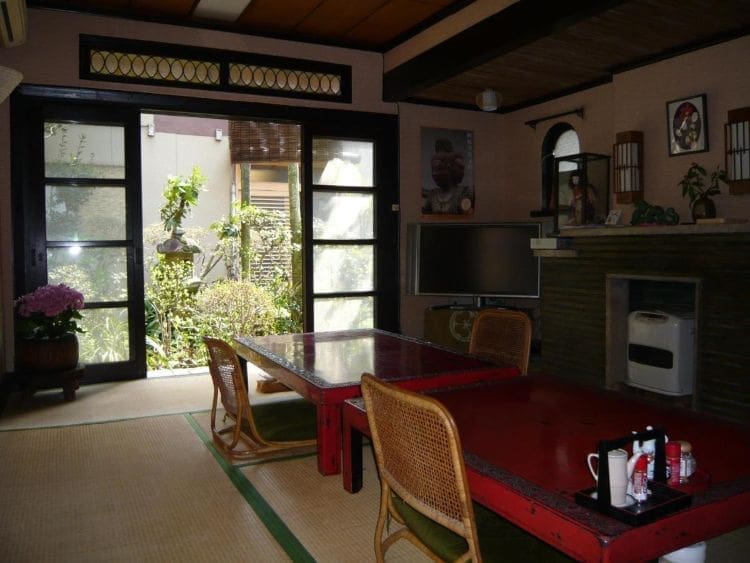
Rating: 4.6
Price: $180-190
Official Website: https://tubakisou.net/about-tsubakiso_2.html
Book On: Booking.com
Built back in the 1930s, Tsubakiso is a historic ryokan located near Todaiji temple, Nara Park, and Kasuga Shrine. Moreover, the Kintetsu Nara station is only 5 minutes away. In short, this ryokan is at a prime location with convenient access to popular attractions.
Accommodation options on offer are twin rooms and apartments. Rooms here are pretty expansive, with a focus on each and every detail. The main highlights are the futon bedding, tatami flooring, LCD, air humidifier, a low table with floor cushions, and more.
The best part about this ryokan is the owner-made breakfast. Either Japanese style or Western, the breakfast delicacies cooked with love and perfection will surely leave you licking your fingers.
What Guests Have to Say?
“Overall stay was worth it. We loved the breakfast owner cooked for us and enjoying our breakfast with stunning views used to be the must activity in the morning.”
Ryokan Kosen Kazeya Group

Rating: 3.7
Price: $70-100
Official Website: https://www.ryokan.com.hk/h otel/jp/ryokan-kosen.en-gb.html
Book On: Booking.com
Last but not the least. If you are looking for a ryokan on a budget, I recommend checking out this one! It’s located just a 6-minute walk from the famed Kasuga Taisha Shrine. Kosen offers three room types: Twin Room, Quadruple, and Triple Room, with LCD TV, private bathroom, free Wi-Fi, air conditioning, and more.
It also features a hot public bath where you can have fun relaxing and chatting with other guests. Coming to the meals, every day, a set-menu Japanese-style breakfast is served either in your guest room or dining room.
Nearby attractions are the Kofukuji Shrine, Nara National Museum, Todaiji Temple, and Isuien Garden.
What Guest Love the Most About This Ryokan?
“It’s hard to mention only a few things, as my stay was overall amazing. I enjoyed dipping in the hot baths, enjoying delish breakfast, and the room service is also excellent with polite staff members.”

